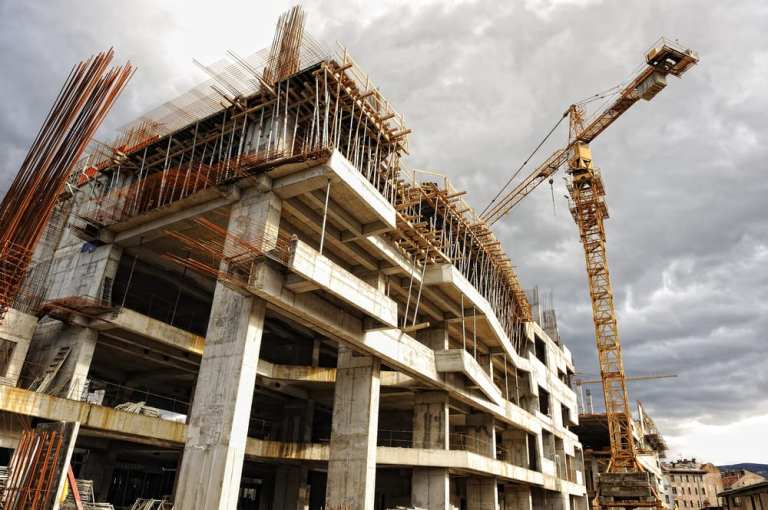The pandemic has driven companies in many sectors to streamline cumbersome payment processes that are siphoning off time and money they can no longer afford to lose.
Many of these processes are decades-old and must follow complex regulatory guidelines, as is the case in the construction industry. Construction companies are facing both time and cash crunches due to dwindling work opportunities and slower payment timelines during the crisis.
Construction companies are waging uphill battles to financial recovery as the damaging effects of the pandemic’s first few months linger. Late or lagging payment processes can expand costs. Approximately half of construction firms polled in one survey noted that they received payments within a 30-day period after sending their invoices, for example, and 15 percent stated it was routine to wait 60 days or more before finally receiving payments.
Solving these issues is essential for businesses looking to move toward financial recovery. The following Deep Dive examines the payment and procurement obstacles facing construction firms during the ongoing pandemic and which digital accounts payable (AP) technologies could be applied to jump those hurdles.
Pandemic-Driven Payment Problems
Advertisement: Scroll to Continue
The global health crisis has exacerbated existing challenges in legacy B2B payments and procurement processes. Many companies are operating on tighter budgets during the economic downturn, meaning they are on the hunt for new partners that have lower costs.
Being successful means these companies will need to strip down their procurement processes to avoid complexities that could prolong finding new vendors, but this is only the first step. Reducing payment frictions is the real test, as is obvious when examining the construction industry. Construction jobs are notoriously complex, involving multiple teams in numerous locations as well as the participation of an array of vendors, third-party contractors and other players needed to finish projects in a timely fashion.
Having a swift procurement process is key, as factors such as job site coordination can bump up costs if mismanaged. For example, 70 percent of construction firms stated in one study that poor site coordination is the top reason they go over budget or over schedule. This makes having quick and easy communication between all parties involved essential, especially when it comes to coordinating payments.
This has always been an area of difficulty for the construction industry. Eighty percent of these firms stated they spend “significant” time attempting to follow up and collect late payments. This is partly because many of these companies are tapping disparate payment systems that are incompatible with each other. Thirty-two percent of U.S. construction firms noted in a study that merging their AP processes was the main barrier to managing their billing and invoicing in a timely manner, for example. The study also noted that it takes an average of 83 days for construction companies to receive their outstanding payments — one of the longest time frames for B2B processes in the country.
Such issues existed prior to the pandemic but have become utterly untenable in its wake. Waiting nearly three months to receive payment for one job puts an unacceptable financial strain on companies in markets trying to recover from the pandemic’s initial economic effects while also competing for shrinking amounts of business. The fact that 45 percent of construction companies still rely on either paper-based or manual AP data processes must be viewed in a critical light.
Automation And AP Transparency
Interest in innovating AP has swelled as the pandemic has further highlighted inefficiencies in the ways many firms are currently tackling these processes. Fifty-five percent of AP professionals agreed in a survey that moving to digital AP solutions would provide value for firms, for example. Automation is receiving greater scrutiny as one technology that could decrease construction firms’ reliance on manual data entry. Use of automation could save construction firms between 5,000 and 8,000 hours of labor per year, another study claimed, as well as granting them further transparency into their AP and overall financial standing.
Integrating such tools still comes with challenges for construction companies, however, as that may also mean moving to new payment systems entirely. Forty-three percent of construction professionals stated that incompatible systems were the biggest barrier to automating their payments, but interest in this technology — and in innovating AP completely — is only growing as the pandemic continues to reveal weaknesses in existing systems.
Integrating new technologies and automating processes is becoming crucial to construction companies that want to thrive in a post-pandemic world. Considering which new tools or solutions could potentially aid in the transparency necessary to conduct B2B payments and other processes at higher speeds will likely be a top priority for construction and similar industries in the near future.

